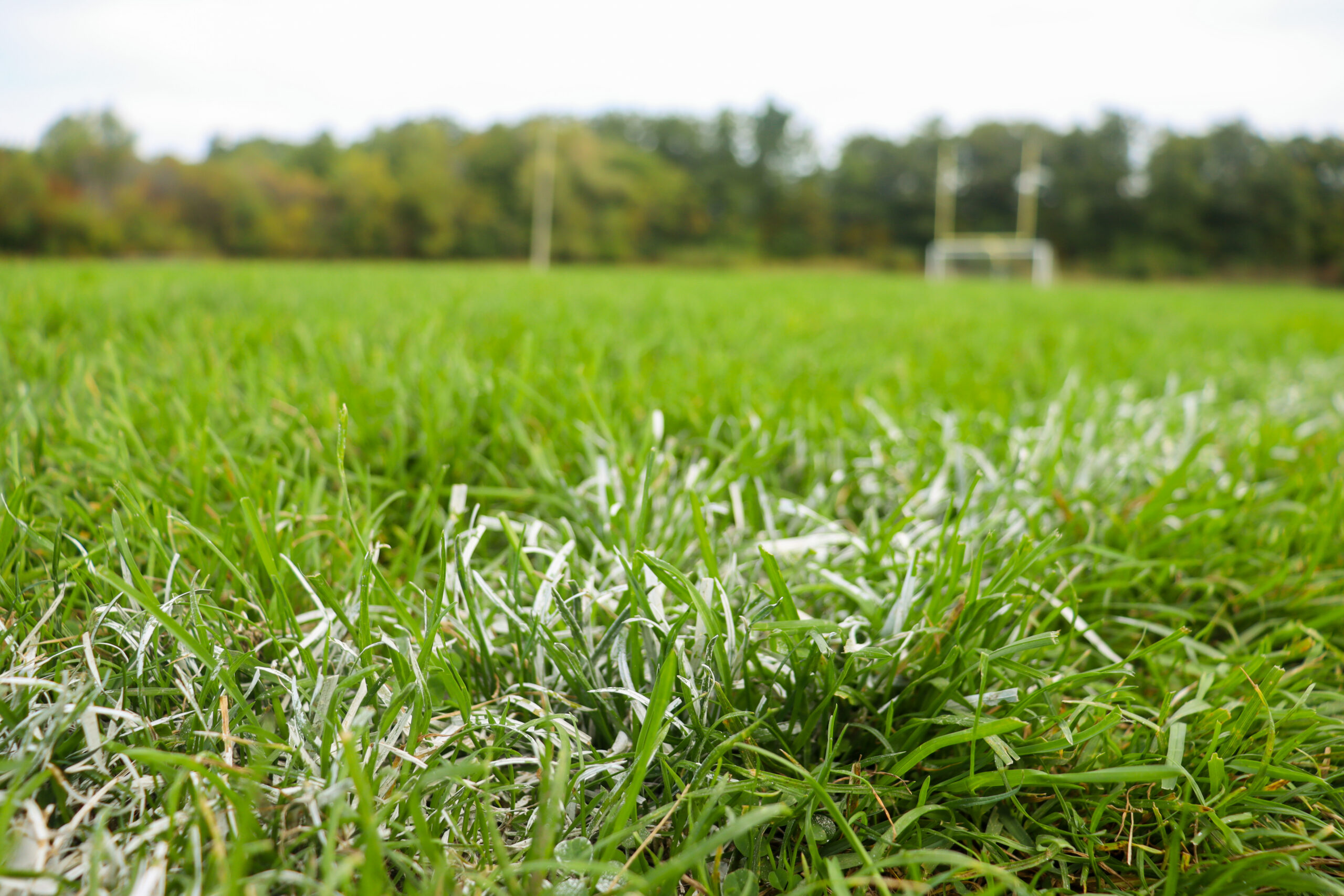Balancing Play and Biodiversity Protection
Weighing the benefits and environmental costs of synthetic turf fields.
The University of Toronto Mississauga’s campus is well-loved by not only the students, but by the abundance of wildlife and biodiversity thriving around the grounds as well. Canadian geese, deer, chipmunks, and groundhogs are just a few of the species that call the 225 acres of undeveloped land around UTM’s campus their home. As such, the need for environmentally sensitive and responsible decisions are essential when planning future campus initiatives.
One development currently under consideration is the replacement of the grass South Field with a synthetic turf field. As of now, the South Field, located next to parking lot 8, is an entirely irrigated natural grass field equipped with bleachers, flood lights, football goal posts, and soccer nets that supports a variety of sports and recreational activities – and a variety of animals.
While a natural grass field is seemingly much more environmentally friendly than a synthetic ground, the actual implications are far less one-sided than one might think. Natural grass requires sufficient maintenance for the upkeep of a playable field. The maintenance process is not only labour intensive, but also requires excessive use of water for irrigation, and regular mowing with gas powered machines that release emissions into the air. Additionally, pesticides and other chemicals are often used to promote grass growth and control pests and weeds, in turn releasing potentially harmful chemicals into the environment.
Although synthetic turf would eliminate these drawbacks, it also shares its own faults. Historically, turf has been constructed with several materials including a rubber backing that restricts proper drainage. However, many modern turf manufacturers have shifted to a sustainable approach with artificial grass blades that more closely resemble natural grass blades and infill made from recycled tires.
While this potential development brings excitement for student recreation, the South Field is bordered by areas of rich wildlife and plants which require careful consideration of the environmental cost to biodiversity.
“We’re still in the very early stages,” said Peter Mumford, Director of Recreation and Wellbeing for the department of Recreation, Athletics and Wellness at UTM. “We would want to have a study done and that’s one of the steps… to understand what the impact will be on the biodiverse environment. Not only the tree lines but also any of the endangered species that might be in the area.”
Concerns circulate about the high volumes of contaminated stormwater runoff and the migration of synthetic materials. Contaminated runoff introduces toxic chemicals and pollutants into aquatic environments, worsening the problem of microplastic pollution. Similarly, the rubber infill could potentially scatter across different locations, endangering animals that attempt to consume such material.
From a recreational and athletic perspective, the benefits of synthetic turf outweigh the cons. The durability and all-weather play, as well as lower maintenance levels, explain why schools and universities are opting for turf fields, and giving their students maximized usage of the recreational space. Some studies also show that player safety may be enhanced with the use of turf fields, as it reduces the risk of slip-related injuries due to increased traction and uniform footing.
Current evaluations show that redevelopment will remain limited to the existing South Field space with active monitoring of species in the area to mitigate harm.
“We’re trying to stay within that region of space that we have right now,” Mumford explained. “Our big push, of course, is the overall wellbeing of students and being able to provide students something they can use on a year-round basis.”
As the UTM campus is still in the early stages of this plan, environmental impact assessments, securing conservation authority permission, and continued species monitoring will be the top priorities. Finding a balance between creating an opportunity for student wellbeing and protecting the biodiversity surrounding the South Field are crucial should the change to synthetic turf move forward.
In the end, the question remains: will we be able to meet the needs of student recreation and activity while conserving the natural environment at this diverse campus?

